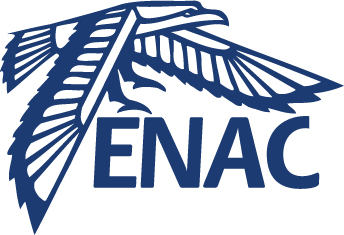Energy rate prediction using an equivalent thrust setting profile
Résumé
Ground-based aircraft trajectory prediction is a major concern in air traffic management. A safe and efficient prediction is a prerequisite for the implementation of automated tools that detect and solve conflicts between trajectories. This paper focuses on the climb phase because predictions are less accurate in this phase. The Eurocontrol BADA1 model, as a total energy model, relies on the prediction of energy rate. In a kinetic model, this energy rate comes from the power provided by the forces applied to the aircraft. Computing these forces requires knowledge of the aircraft state (mass, airspeed, etc), atmospheric conditions (wind, temperature) and aircraft intent (maximum climb thrust or reduced climb thrust, for example). Some of this information like the mass and thrust setting are not available to ground-based systems. In this paper, we try to infer an equivalent weight and an equivalent thrust profile. These parameters are not meant to be true, however they are designed to improve the energy rate prediction. One common thrust setting profile for all the trajectories is built. This thrust profile is designed in such a way that the estimated equivalent weight provides a good energy rate prediction. We have compared the energy rate prediction using these equivalent parameters and BADA standard parameters.
| Origine | Fichiers produits par l'(les) auteur(s) |
|---|
Loading...
